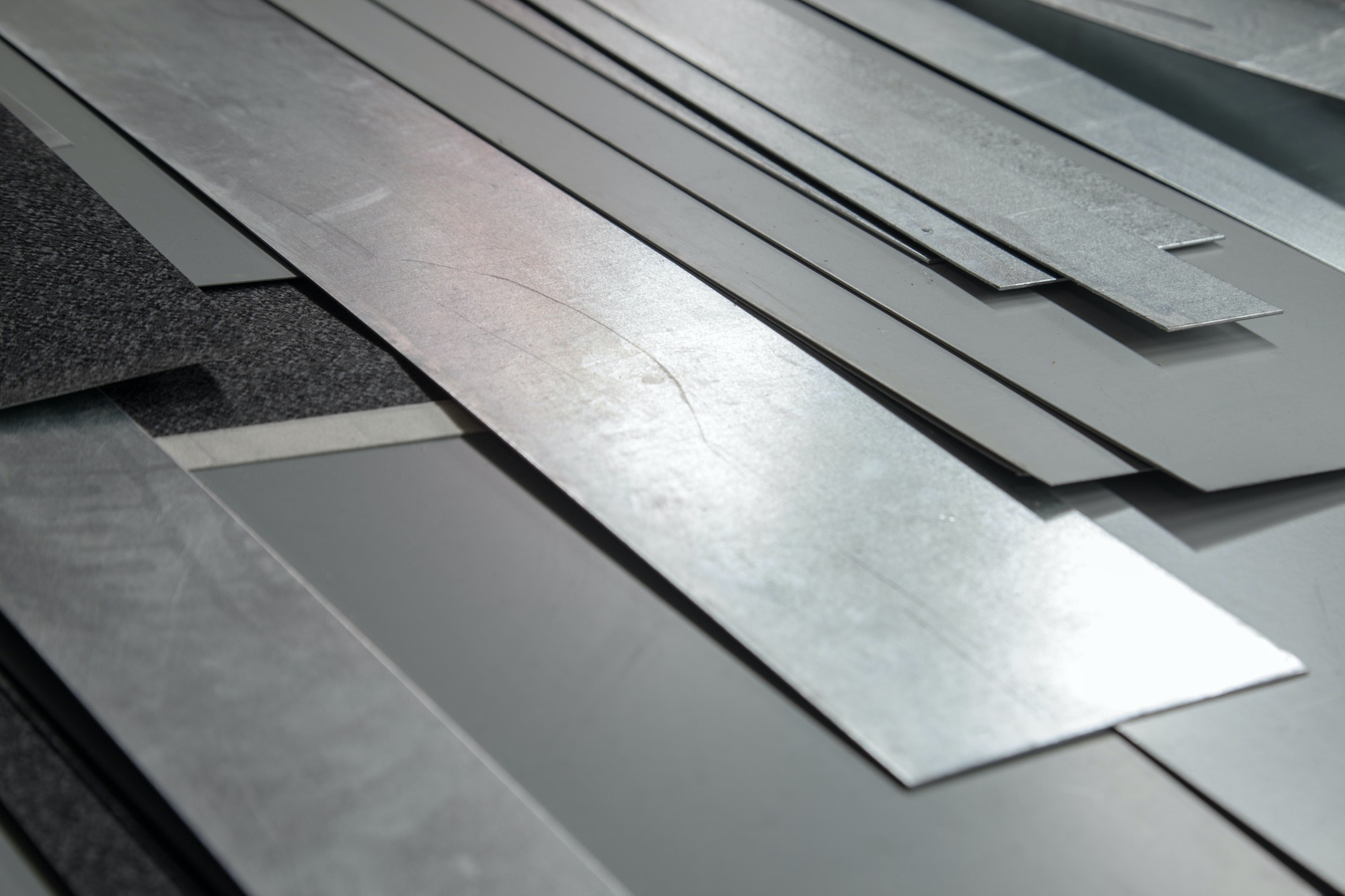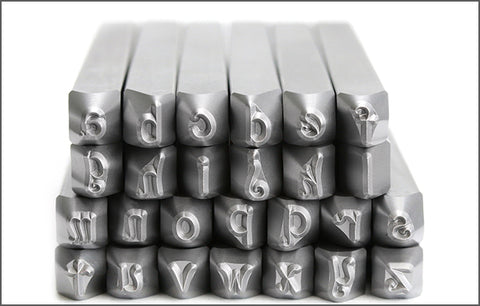The Resilience and Versatility of Metal Mesh: A Detailed Exploration
Metal mesh stands as a remarkable material recognized for its adaptability, durability, and extensive applications across a myriad of industries. Whether in construction, industrial sectors, or creative design realms, the distinct characteristics of metal mesh make it an indispensable resource. This comprehensive guide aims to navigate through the world of metal mesh, examining its applications, and advantages, and highlighting its significance in geotechnical applications, particularly geogrids.
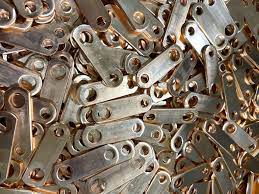
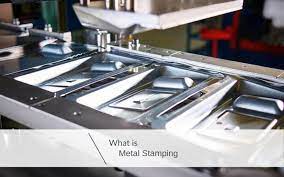
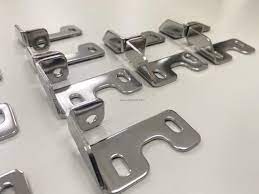
Understanding Metal Mesh: Manufacturing and Composition
Metal mesh is constructed from interwoven or interlocked metal wires, forming a grid-like structure. Manufacturers employ various metals such as stainless steel, aluminum, or galvanized steel. Techniques like weaving, welding, or extrusion are utilized in its production, allowing for diverse designs and strengths tailored to specific applications.
Diverse Applications of Metal Mesh
Metal mesh finds versatile applications across industries. In architecture and interior design, it functions as decorative elements, facade cladding, or partitions. In industrial settings, it serves in filtration, screening, or as conveyor belts. In construction, it reinforces concrete structures and provides stability in slope stabilization. Furthermore, it’s extensively used in creating fencing, safety barriers, and protective coverings.
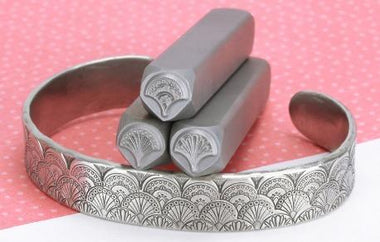
The Role of Metal Mesh in Geogrids
Geogrids, a specialized form of geosynthetics, aim to augment soil stability. Metal mesh, with its inherent strength and flexibility, is incorporated into geogrids to reinforce soil, particularly in applications like retaining walls, road construction, and dams. The metal mesh fortifies structural support, curbing soil erosion, and improving load distribution.
Advantages of Metal Mesh in Diverse Applications
Employing metal mesh offers several advantages. Its durability and strength ensure longevity in varying environments, resisting corrosion and extreme temperatures. Its flexibility allows for customization, catering to specific project requirements. Additionally, its transparent or open structure facilitates airflow, light penetration, and visibility, making it ideal for applications necessitating these properties.
